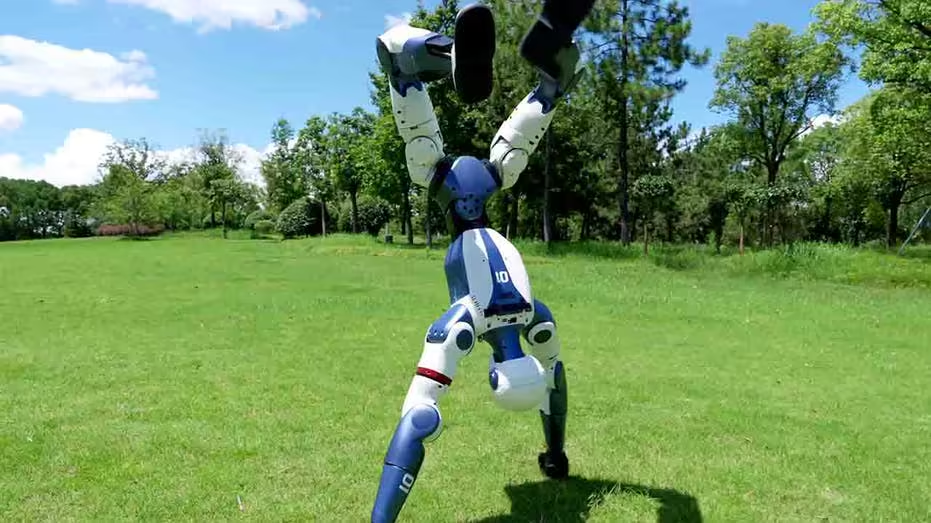Unitree R1: A Game-Changer in Affordable Robotics
The Unitree R1 humanoid robot is making waves in the tech world with its surprisingly low price of $5,900. This bipedal robot is not only affordable but also showcases impressive capabilities, such as running, spinning, and even performing cartwheels. The introduction of the R1 marks a significant step towards making humanoid robots accessible to a broader audience, including educators, researchers, and developers.
Advanced Features and Capabilities
The R1 is equipped with 26 joint degrees of freedom, allowing it to move with agility and coordination similar to a gymnast. It utilizes onboard sensors, including binocular and wide-angle cameras, microphones, and speakers, to navigate its environment effectively. Powered by an 8-core CPU and GPU, the R1 can perform tasks like voice and image recognition. Although its battery lasts about an hour per charge, this is considered efficient for a robot of its size.
Educational and Research Opportunities
Weighing around 55 pounds and standing about 4 feet tall, the R1 is compact enough for use in classrooms and labs. While the standard model features fixed open fists, the advanced EDU version includes movable fingers capable of carrying up to 6.6 pounds per arm. This versatility opens new possibilities for academic projects and research in humanoid robotics.
Market Impact and Global Competition
Unitree’s R1 is positioned as a game-changer compared to its older models, such as the G1 priced at $16,000 and the H1 at over $90,000. The affordability of the R1 provides researchers and educators with new opportunities to explore robotics without breaking the bank. As China leverages its manufacturing strengths, it competes with U.S. companies like Tesla and Agility Robotics in making humanoids practical for everyday use.
Future Prospects for Humanoid Robots
The R1’s introduction raises questions about its real-world performance versus promotional footage. Despite skepticism about CGI usage in demos, the potential for humanoid robots in education, healthcare, and beyond is undeniable. As machine learning systems evolve, the R1 could become a reliable tool for various applications.
